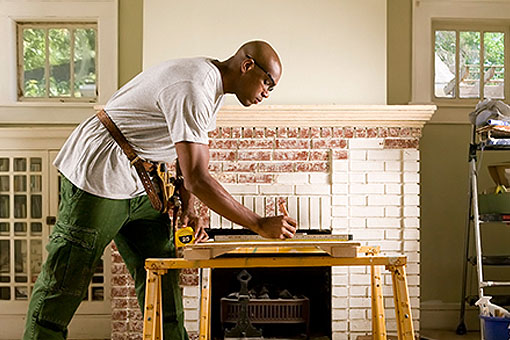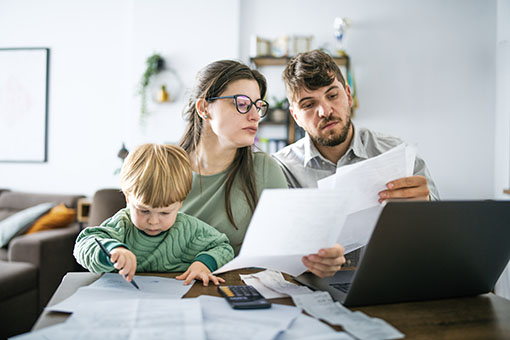7 ways to pay down credit card debt fast
Credit card debt can quickly grow to become an overwhelming obstacle, especially with the average interest rates for credit cards hovering between 23% and 29% APR. The good news? By creating a clear strategy and committing to reducing your debt, you can make significant progress on paying off credit card debt fast. This article provides seven proven methods to help you pay down credit card debt efficiently, reducing stress along the way and maximizing the effectiveness of each payment.
1. Prioritize high-interest debt (avalanche method)

2. Pay off small balances (snowball method)
Are you feeling too overwhelmed to tackle your growing credit card debt? Well, the Snowball Method is a popular alternative to the Avalanche Method, where instead of focusing on the debts with the highest interest rates, you start by paying off the smallest balances first. Admittedly, this method does not save you as much money as the Avalanche Method in the long run; however, the Snowball Method can be an extremely powerful strategy for building motivation and kickstarting your journey of paying down credit card debt fast. These quick wins provide a sense of accomplishment as each small balance is paid off, putting you one step closer to financial freedom. While this method can be a great starting point for tackling growing credit card debt, if high-interest balances are left to grow, it can end up taking longer to pay off these high-interest debts and result in a larger overall debt. If you decide to start out with Snowball Method, consider transitioning to the Avalanche Method after clearing some of the smaller debts and building momentum.
3. Consider a balance transfer
If you are paying off multiple high-interest credit cards at the same time, a balance transfer can be a powerful tool that allows you to consolidate all of your high interest debts under one new card. The benefit? Well, most new cards have a 0% introductory APR period, granting you typically between 12-18 months to make progress on your credit card balance without continuing to accrue interest. When considering a balance transfer, it is important to consider things like transfer fees (typically 3-5%) as well as the length of the 0% introductory APR period (the longer the better). A balance transfer may not be the right call for you if you cannot repay your debt within the promotional period, you are almost done with your total debt repayment or you are applying for major financing soon. Additionally, before initiating a balance transfer, you must ensure the balance transfer fee does not outweigh the interest savings.
4. Consolidate debt
If you don’t qualify for a balance transfer with an intro 0% APR offer, cannot secure a high enough balance transfer limit or would prefer a fixed monthly payment amount and payoff date, then a Debt Consolidation Loan could be a smart strategy to employ when paying off your credit card debt. A debt consolidation loan can shift all your outstanding credit card balances to a personal loan, simplifying monthly payments and providing a clear roadmap to paying down your credit card debt. When considering this strategy, it is important to diligently research the best loan terms available and choose a reputable lender. Additionally, it’s important to check if you pre-qualify for a loan to avoid potentially lowering your credit score by applying for a loan you may not be eligible for. Finally, calculate the financial impact of origination fees and interest rates on your loan compared to your current credit card debts.
5. Increase monthly payments
One of the simplest ways to make steady progress when paying down credit card debt is to increase monthly payments beyond the minimum monthly payment. While this may sound obvious, increasing the monthly payment can significantly reduce your balance and total interest paid overtime. To illustrate, the minimum monthly payments on a $5,000 debt at 15% interest would be about $100. If you paid only the minimum monthly payment, it would take around 16 years to fully pay off the debt, resulting in around $5,400 of accrued interest. By only adding an extra $50 a month to your payments ($150/month) you could pay off that debt in only 5 years and save over $1,000 in interest. It is important to note that just paying the minimum monthly payments will mainly cover the interest accrued, resulting in a significantly slower process. Additionally, plan to dedicate any windfalls (like tax refunds or work bonuses) to your credit card debt to accelerate your progress on paying down your credit card balance even further.
6. Set up automated payments
Missed payments are one of the easiest ways to accidentally increase interest and accrue late fees, ultimately making it harder to pay down credit card debt. Setting up automated payments can help ensure that you do not miss the due date, and in turn protect your credit score and keep your finances on track. At the very least, you should have auto-pay setup for the minimum payment; however, if possible, you should aim to set up auto payments for an amount that is slightly higher than the minimum payment to make significant progress in paying off your credit card debt.
7. Cut unnecessary spending
Employing strategies to reduce unnecessary spending, ultimately increasing your cash flow each month, is the simplest tactic for paying down credit card debt fast. For those seeking advice on how to pay off credit card debt, this approach provides a straightforward starting point. Begin by reviewing your budget and identifying all non-essential purchases, like subscription services, dining out and any other frivolous spending patterns. Redirecting the money spent each month from non-essential purchases to paying down credit card debt can be an extremely effective method for making progress toward your current debt, as well as avoiding any future credit card debt.
Conclusion
Paying down credit card debt doesn’t have to feel like an impossible task. By implementing these 7 Ways to Pay Down Credit Card Debt, you can take control of your debt as you strategically work toward financial freedom. Start by employing a few of the strategies listed in this article, incorporating a few more over time as you start to see progress. Through dedication, consistency, and a strong strategy, you can pay off your credit card debt and regain the confidence that comes with improved financial health.





